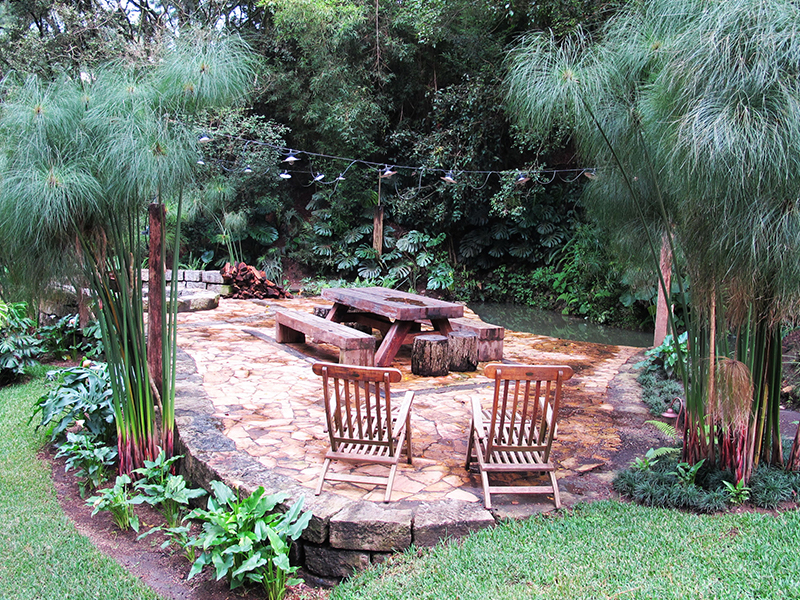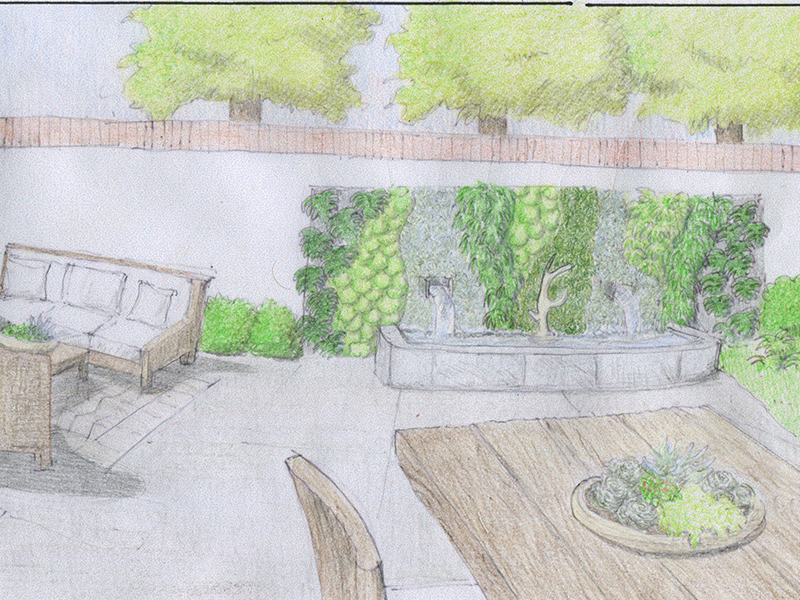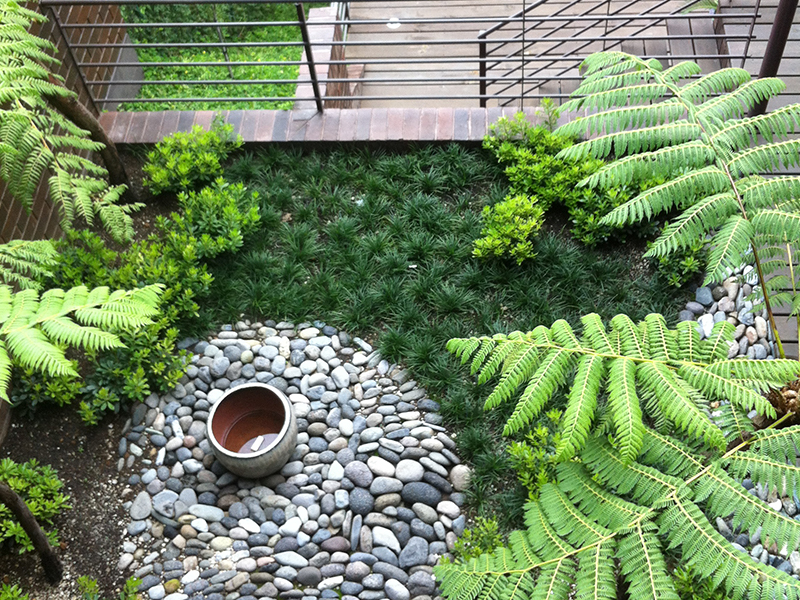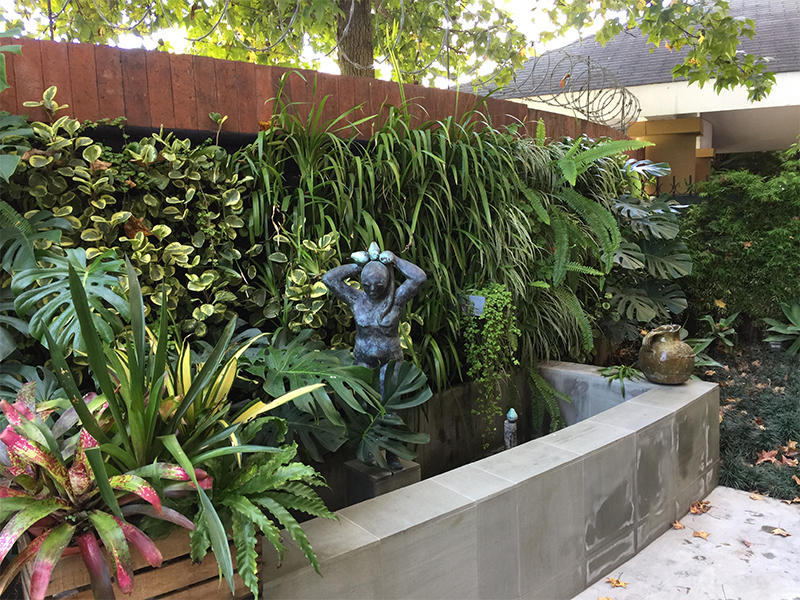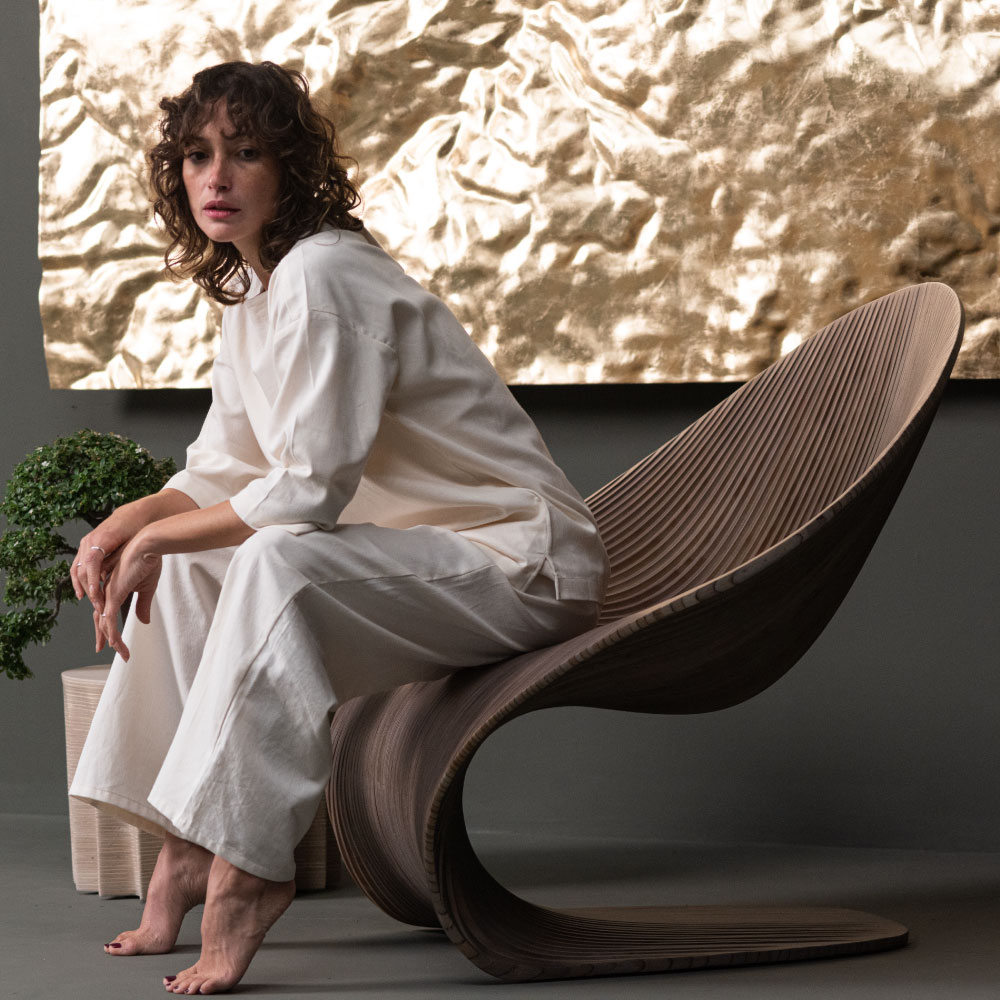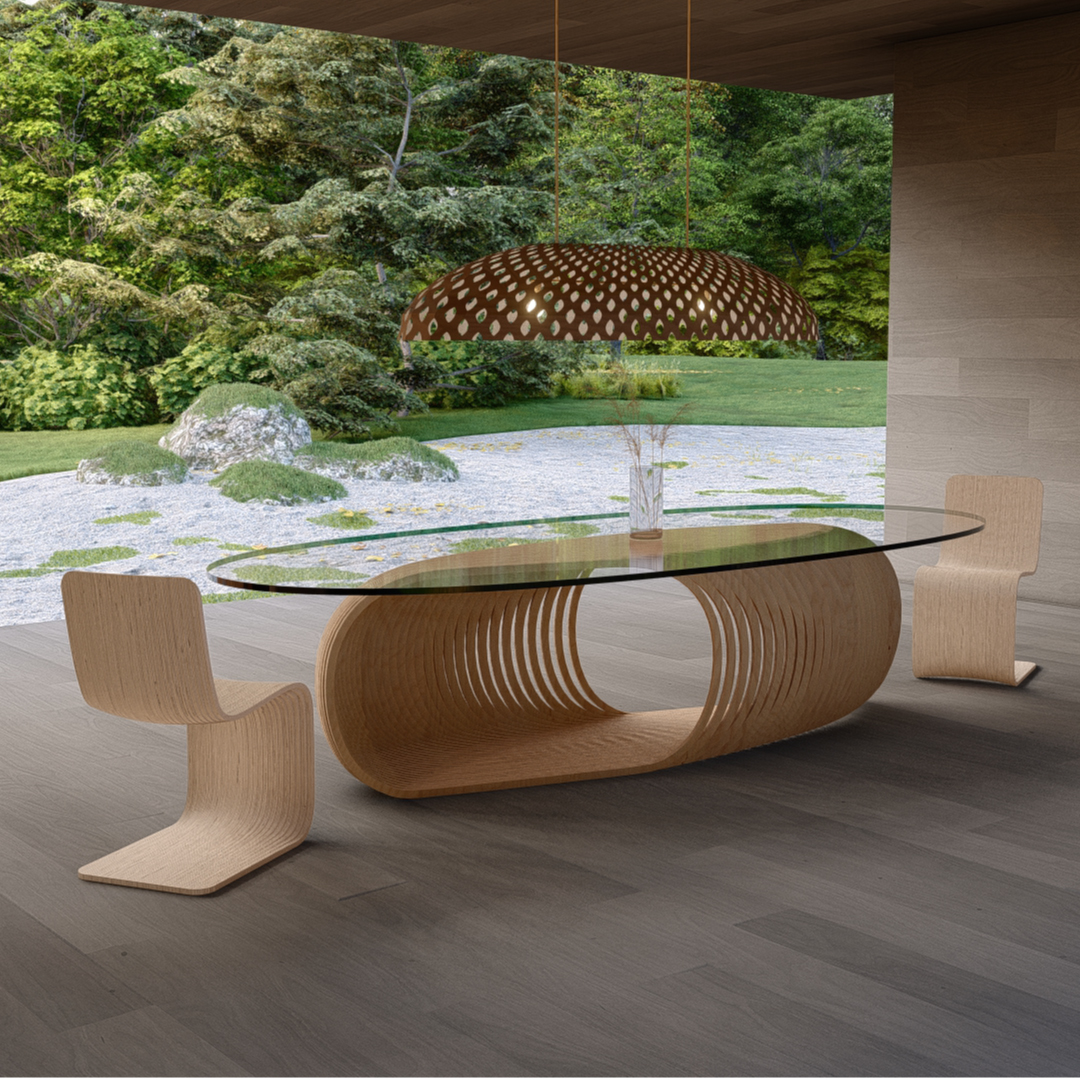CREATING A SMALL GARDEN
Marc Landers / October 2018
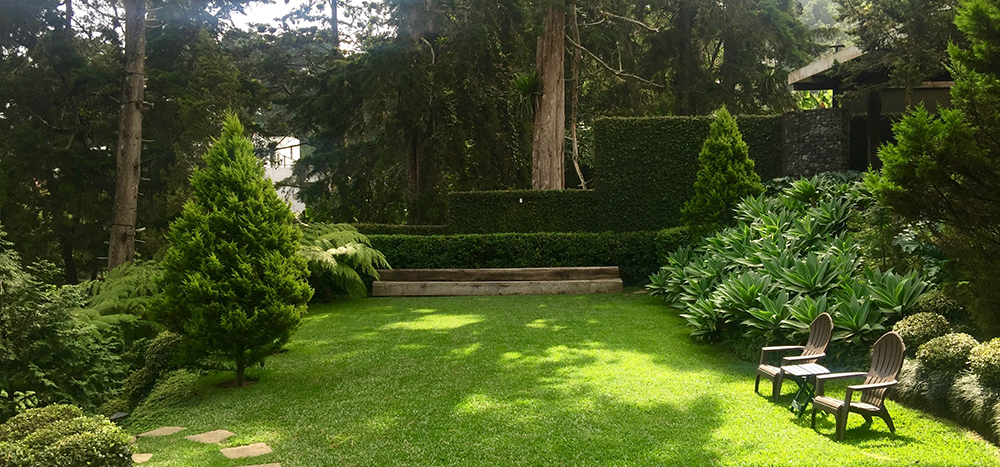
Planning your garden is especially critical when space is limited. The first step will be to visualize what you want to achieve in the space. There are many great references online and you can save your favorite images and make a folder for use during the planning. A measured site plan will be especially useful for the landscape design. You can draw a simple plan using a tape measure and a scale, to create a measured plan. Locate important elements such as structures, existing trees, paving, and other important features. Take note of the amount of sun, prevailing winds, and views you may want to enhance or hide. During this time you will want to examine the soil and determine if it is of good quality, or new soil will need to be imported. Also make sure the garden is well drained. If you are unsure if the garden is properly drained, it is a good time to call a professional for help. Proper drainage is a necessity to a prospering, healthy garden.
Once you have done a good site analysis, you can start to dream up ideas. If there is too much sun, you may want to plant a shade tree. However, if the area is especially cool or poorly lit, you will want to be careful to plant anything that will darken your garden.
Take some pictures of your garden and print them on letter size paper. Use trace paper to draw in some ideas over the printed photos. Will there be a place to sit, such as a bench or a small outdoor living area for more people? A water feature? Paving or brick to create a small plaza? How about lighting to accentuate a specimen tree or planting bed? These simple drawings will help create the vision for your new space. A successful small garden will be one that meets the goals of the owner, and everyone is different.
Don’t be afraid to draw whatever comes to your mind, these are just ideas on paper, and use these general rules:
1. Make your garden a useable space, and if possible an extension of the house. Use outdoor furniture, whenever possible, to invite your family outdoors.
2. Make your garden as sustainable as possible. Use plants that are adapted to your climate, and have fun with edible plants. Even in small gardens, it is possible to make a kitchen garden with herbs and some citrus. If there is not enough room in the planting beds, you can even make a nice arrangement of edible plants in pots.
3. Keep your plant palette simple. Use textures and colors that combine, and in general groups of plants make a stronger statement than a mish mash of many species bunched together. Create focal points with architecturally significant plants.
4. Use your house style to give hints at how your garden will take form. Is your house modern minimalist? Or more traditional? In general, simple straight forward lines and angles work well in smaller spaces. The plants usually soften up the edges as they grow in.
5. Don’t be afraid to have fun and place a bold element in the garden such as a large bench or pot. Enjoy the journey as your garden grows!

